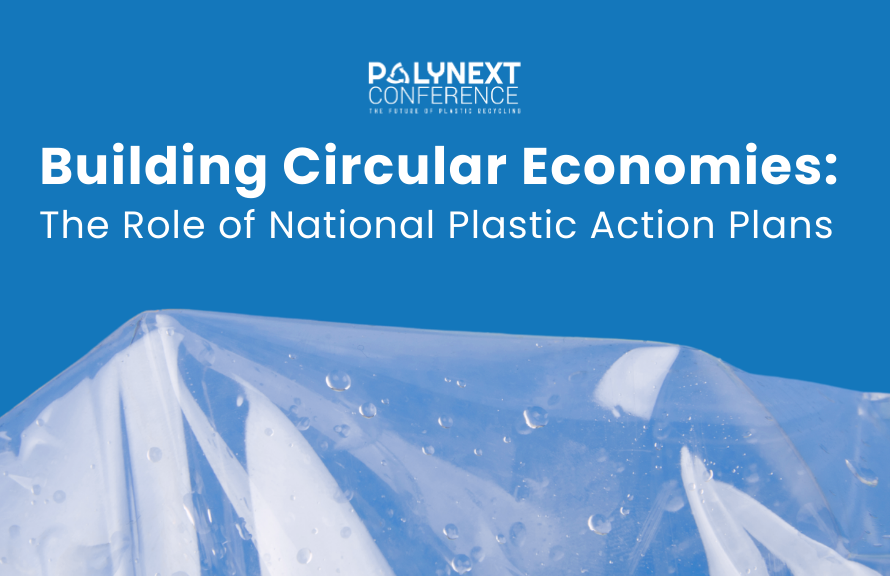The world stands at a pivotal moment in the fight against plastic pollution. From August 5 to 14, 2025, representatives from over 170 countries will gather in Geneva for the fifth and potentially final session of the Intergovernmental Negotiating Committee (INC 5.2). This meeting is widely viewed as the “final frontier” in efforts to develop a legally binding global plastics treaty, aimed at addressing pollution across the entire life cycle of plastic—from production and design to disposal and recycling.
Following years of negotiations, public pressure, and scientific warnings, INC 5.2 is expected to determine the future direction of global plastic governance. The outcome could set the stage for sweeping changes in policy, industry practices, and environmental protection efforts worldwide.
Why the Global Plastics Treaty Matters
Every year, more than 400 million tonnes of plastic are produced globally, with only a small fraction being properly recycled. Much of the rest ends up in landfills, rivers, and oceans, threatening ecosystems, wildlife, and human health.
Unlike voluntary pledges or regional bans, the Global Plastics Treaty is meant to set uniform, enforceable rules that all nations must follow. The treaty is being negotiated under the UN Environment Programme (UNEP), with input from over 170 countries.
Previous negotiations stalled. The first part of INC-5, held in Busan in late 2024, ended without consensus—despite strong support from 85 countries for ambitious measures. Key sticking points included production caps, chemical bans, and financial support for developing nations.
What’s on the Table at INC 5.2
INC 5.2 will focus on resolving core disagreements and finalizing the treaty text, using the Chair’s draft released in December 2024 as the basis for negotiations. Key issues include:
Global production caps: Should there be a ceiling on virgin plastic production to curb excess supply and pollution?
Regulation of chemicals: How to manage hazardous additives, PFAS, and microplastics, with new compliance standards and requirements for transparency across the value chain.
Product bans and design standards: Global bans on the most harmful and avoidable plastic products, and requirements to ensure remaining plastics are reusable and recyclable.
Financial mechanisms: Support for developing countries through financial and technical assistance, as well as Extended Producer Responsibility (EPR) schemes and plastic taxes.
Just transition: Ensuring that the shift toward a plastic-free future is equitable, particularly for vulnerable communities and workers in the Global South.
Divisions and the Path Forward
While a majority of nations and civil society groups are pushing for strong, enforceable measures, opposition from fossil fuel interests and some major plastic-producing countries has slowed progress. The challenge for INC 5.2 will be to bridge these divides and secure commitments that are both ambitious and practical.
Bridging these divides will require compromise, creative diplomacy, and a shared commitment to planetary well-being.
The Future of Global Plastic Policy
INC 5.2 is expected to set the foundation for a new era of global plastic governance. If successful, the treaty will establish common standards, incentivize innovation in sustainable materials, and create a level playing field for countries and businesses worldwide. The outcome will not only shape environmental policy but also determine the health of oceans, wildlife, and communities for generations to come.
INC 5.2 is a defining moment for the planet—a chance to move from negotiation to action on one of the world’s most pressing environmental crises. The world will be watching Geneva this August, hoping for a breakthrough that delivers a robust, enforceable, and equitable global plastics treaty.
Connecting Innovation and Policy
Recent breakthroughs in plastic recycling—such as air-based PET depolymerization and the Versalis Hoop Project in Sicily—closely align with the goals of the upcoming treaty and could help countries meet their future obligations.
However, policy remains the missing piece. Without international rules to support infrastructure, curb waste exports, and promote sustainable design, even the most advanced technologies struggle to scale. The Global Plastics Treaty is a chance to connect science, industry, and governance on a global level.
What Could Change After INC 5.2?
If successful, the treaty could reshape how we produce, use, and dispose of plastic. It could:
Encourage countries to phase out single-use plastics.
Create global standards for recyclable materials.
Stimulate investment in green technology and circular business models.
Support waste-picking communities in developing nations with better working conditions and recognition.
It’s not just about banning plastic—it’s about creating a global system that values reuse, transparency, and accountability.
Looking Ahead: PolyNext 2025 Joins the Conversation
The themes of the Global Plastics Treaty will also take center stage at PolyNext 2025, an upcoming international event in Dubai focused on the future of plastic innovation and sustainability. From biodegradable materials to circular design systems, PolyNext offers a platform for businesses and policymakers to collaborate on real solutions—exactly what the treaty aims to promote.
Conclusion
The road to a binding global treaty is not easy, but it’s necessary. As INC 5.2 approaches, the world has a unique opportunity to set strong, unified rules that protect our planet from the plastic crisis. With innovation on one side and international cooperation on the other, the future of plastic may finally be ready for a sustainable reboot.
